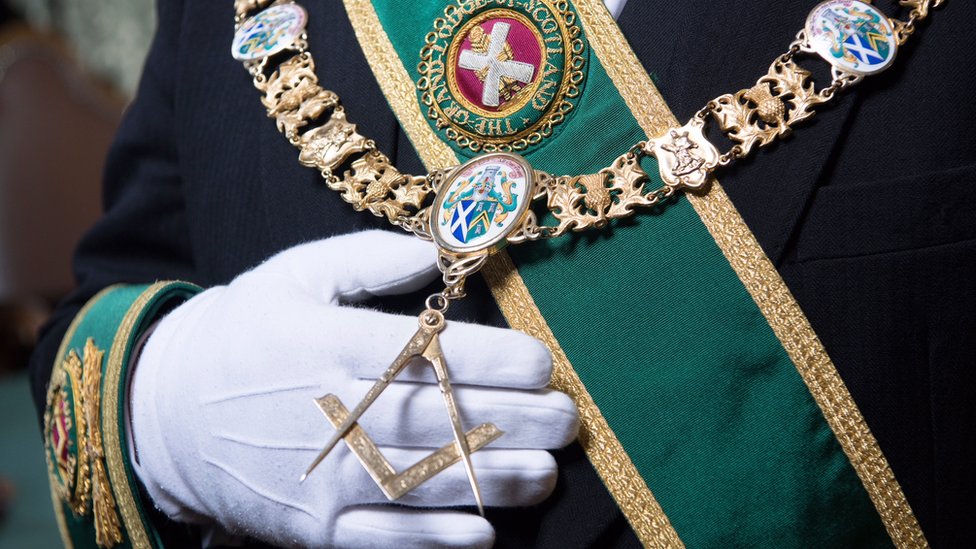Exploring the Practical Benefit of Joining Freemason for Every Individual
Exploring the Practical Benefit of Joining Freemason for Every Individual
Blog Article
Exploring the Mysteries of the Freemason: What You Need to Know
The Freemason, a term typically shrouded in intrigue and conflict, stands for an intricate tapestry of historic fact and modern-day myth. Developed in the late 18th century, this secret culture was at first rooted in the Enlightenment's ideals but has actually since come to be identified with conspiracy concepts about elite control. As we browse the beginnings, vital figures, and the stark comparison between myth and reality, one should consider how these stories influence modern assumptions of power and privacy. What may be disclosed with a more detailed examination of these elements can challenge long-held presumptions about the shadows that linger in our society.
Origins of the Freemason
The beginnings of the Freemason are soaked in a blend of historic intrigue and ideological fervor. Established in 1776 in Ingolstadt, Bavaria, by Adam Weishaupt, the team was originally developed as a secret culture focused on promoting Knowledge perfects such as factor, secularism, and the separation of church and state. Weishaupt, a teacher of canon regulation, looked for to challenge the prevailing authority of the church and state, which he deemed oppressive institutions stifling intellectual and personal flexibility.
The Freemason looked for to hire prominent members from various social fields, consisting of politics, academia, and the arts, to cultivate a network committed to these Enlightenment concepts. The society operated under a shroud of secrecy, utilizing coded language and routines to shield its members from oppression, specifically offered the repressive climate of the moment. However, the Freemason faced significant resistance from both governmental authorities and religious institutions, which viewed the group as a hazard to their power.
Key Figures and Members
Who were the critical numbers that formed the Freemason's very early impact and instructions? The Bavarian Freemason, established in 1776 by Adam Weishaupt, emerged as a response to the oppressive social structures of the time. how to become a freemason. Weishaupt, a law professor, pictured the company as a way to advertise Enlightenment perfects such as factor, secularism, and equality. His initial employment initiatives included influential pundits, such as Baron von Knigge, that played an important duty in increasing the group's membership and business framework.
Another considerable number was Johann Gottlieb Fichte, a prominent theorist whose ideas on nationalism and education reverberated with the Freemason's objectives. Fichte was not a formal member, his thoughtful foundations affected the team's ideology. Additionally, numbers like the writer and thinker Johann Wolfgang von Goethe were linked with the broader intellectual movements of the time, although their straight participation with the Freemason remains questioned.
These crucial figures added to the Freemason's early instructions, pushing the borders of political and social idea, while their collective efforts aimed to test established norms and promote an environment of progressive modification in Europe.
Misconceptions vs. Reality
Several mistaken beliefs surround the Freemason, commonly mixing truth with fiction in a way that covers its true nature. The concept that the Freemason proceeds to put in substantial influence visit homepage over globe occasions is a misconception - how to become a freemason.
Another common myth is that the Freemason comprises a network of elite people adjusting worldwide affairs. In truth, many conspiracy theory concepts exaggerate the group's importance, connecting misguided intentions to social patterns and occasions. This has actually caused an oversimplified view of complex issues.

Modern Analyses
Contemporary interpretations of the Freemason frequently mirror wider societal stress and anxieties and a fascination with privacy and power. This modern-day lens often connects the Freemason with conspiracy theories that suggest a concealed elite coordinates globe occasions, adjusting federal governments and economic situations for their very own gain. Such narratives use an ingrained mistrust of authority, specifically in times of situation or social turmoil.

Furthermore, some modern interpretations frame the Freemason as a metaphor for the complexities of globalization and the interconnectedness of significant people and organizations. This point of view urges a crucial examination of just how power dynamics run in today's world, highlighting the balance in between openness and secrecy in governance and business practices.
Social Impact and Heritage
Influenced by centuries of intrigue, the social influence and heritage of the Freemason expand much beyond its historic origins. This secret society, developed in the late 18th century, has actually penetrated various aspects of pop culture, from literature and film to find out music and art. The idea of the Freemason has actually progressed right into an icon of conspiracy theories, commonly standing for a regarded hidden power manipulating worldwide occasions.
In literary works, writers like Dan Brown have woven the Freemason into detailed plots, exciting readers with themes of secrecy and power. Movies such as "National Treasure" and "The Da Vinci Code" additionally continue the allure of the culture, mixing fact with fiction to produce interesting stories.
The Freemason's influence additionally extends into music, with artists referencing the organization to stimulate motifs of rebellion and social review. This portrayal has added to an attraction with the concept of private teams controlling the bars of power, showing societal anxiousness about authority and transparency.
Ultimately, the Freemason's tradition is a complex tapestry of misconception and truth, forming perceptions of privacy and control in contemporary discussion. Its long-lasting presence in culture emphasizes humanity's seasonal mission for recognizing concealed truths.
Final Thought
The expedition of the Freemason reveals an intricate interplay in between historical realities and contemporary myth-making. Established in the Enlightenment age, this culture intended to challenge oppressive structures, yet its tradition has actually been overshadowed by conspiracy theory concepts that recommend elite control. Understanding the differences in between the initial suitables and modern interpretations is essential for understanding the withstanding attraction with the Freemason and its substantial influence on cultural stories bordering power and privacy in culture.
Report this page